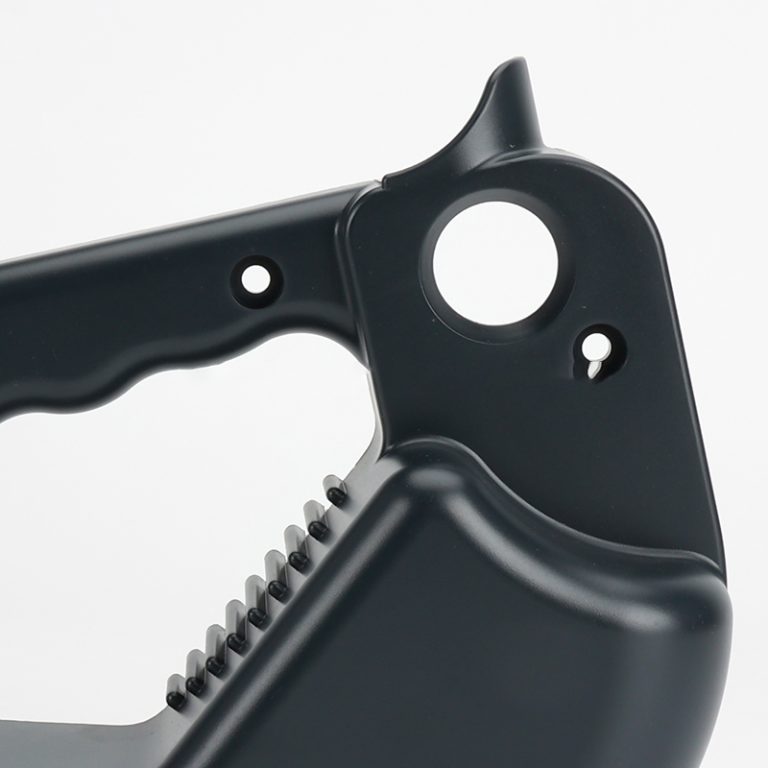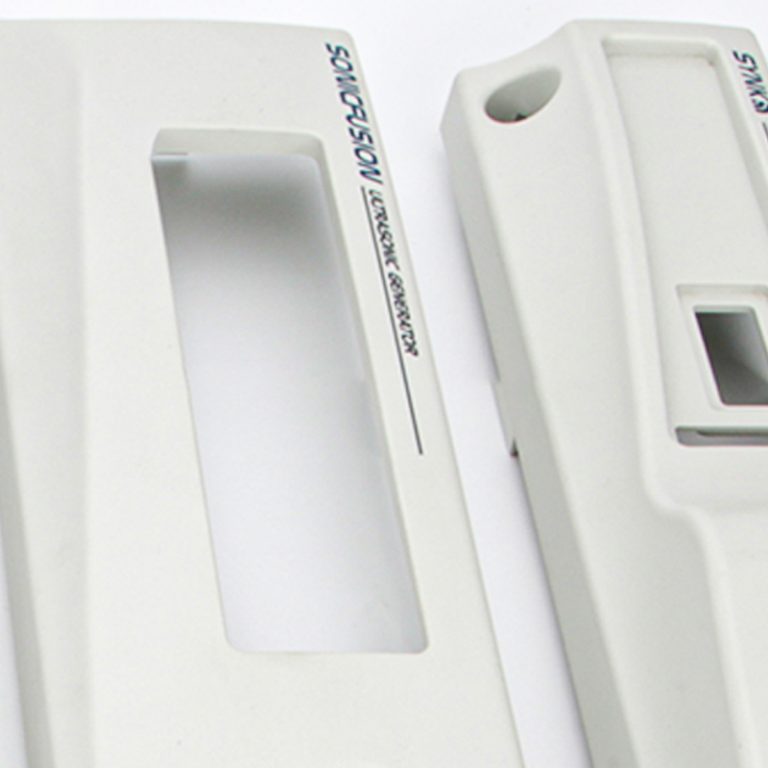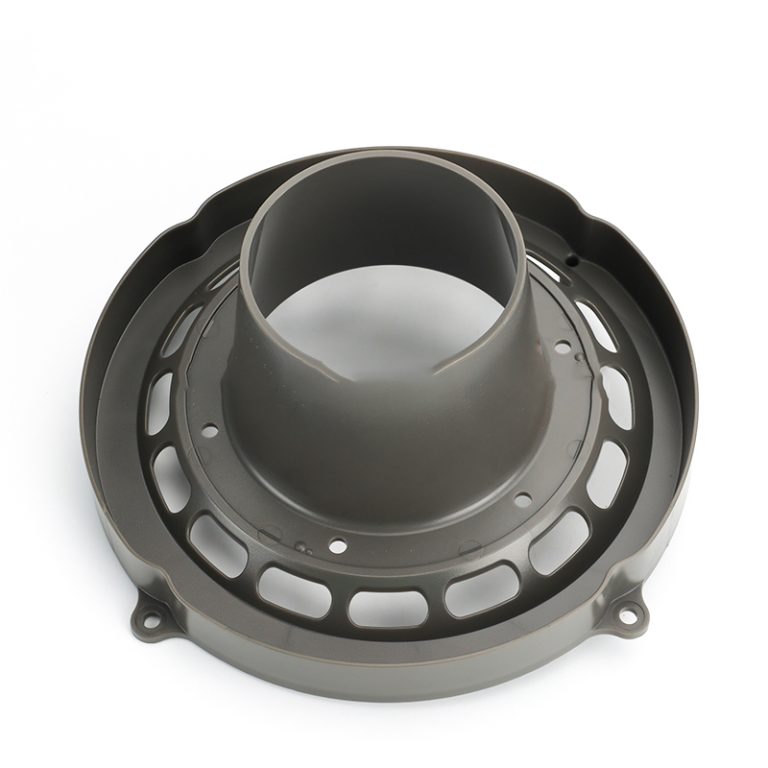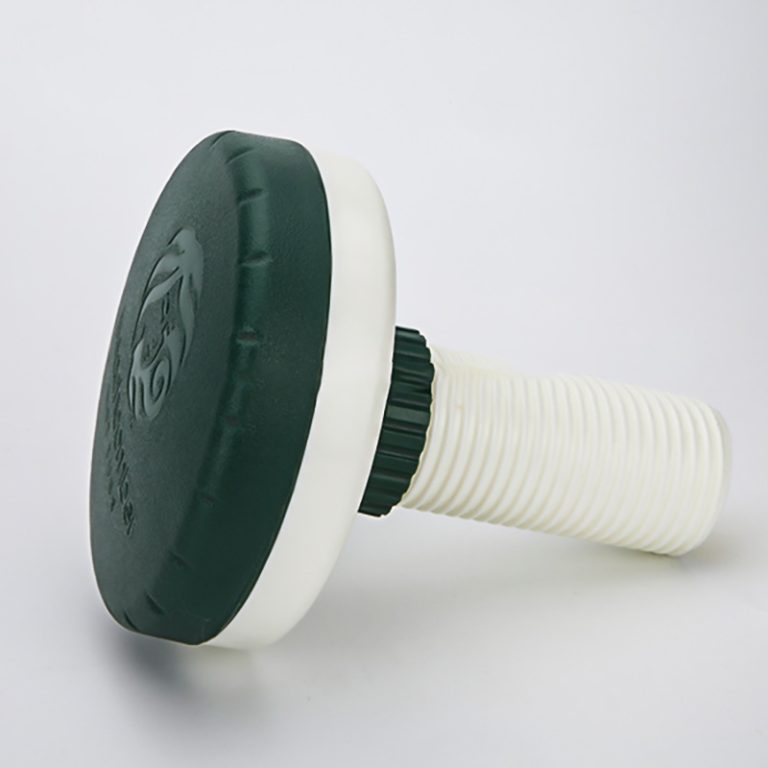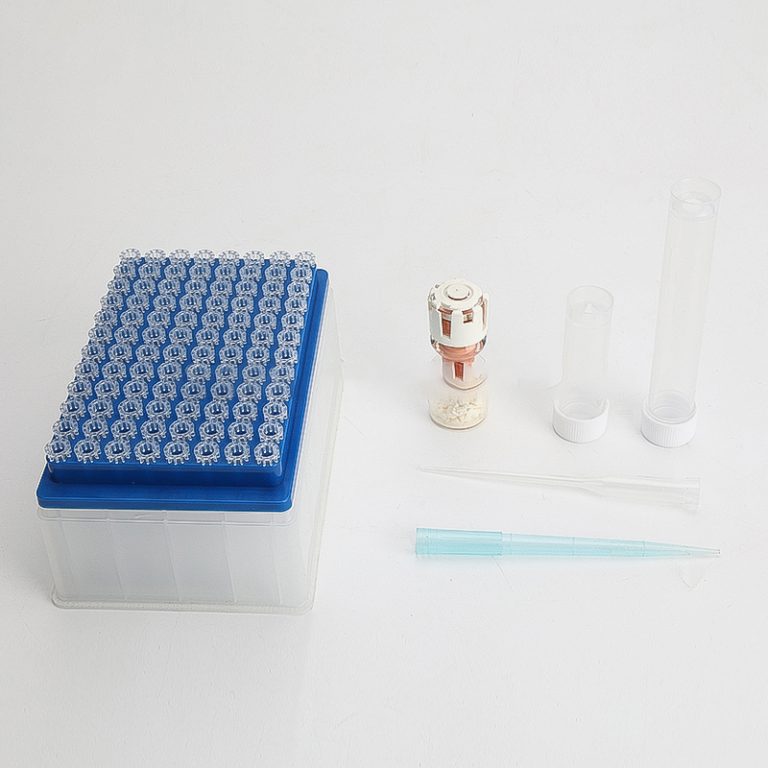The Basics of Injection Molding for Small ABS Plastic Parts
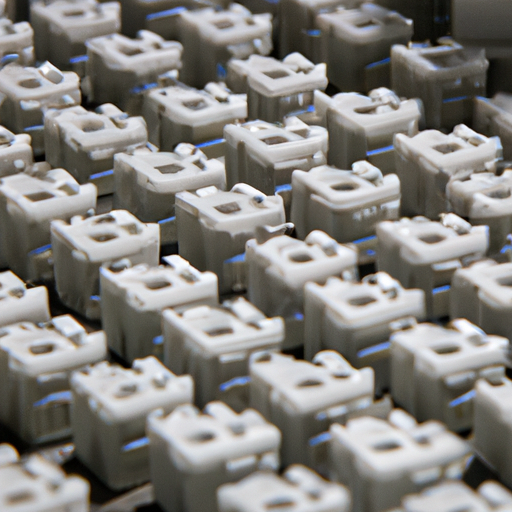
Injection molding is a widely used manufacturing process for producing plastic parts. It is particularly popular for small ABS plastic parts due to its efficiency and cost-effectiveness. In this article, we will explore the basics of injection molding for small ABS plastic parts, including the process, materials, and advantages.
The process of injection molding involves injecting molten plastic into a mold cavity, allowing it to cool and solidify, and then ejecting the finished part. This process is highly automated and can produce a large number of parts in a short amount of time. It is ideal for small ABS plastic parts that require high precision and consistency.
ABS, or acrylonitrile butadiene styrene, is a thermoplastic polymer known for its strength, durability, and impact resistance. It is commonly used in a wide range of applications, including automotive parts, electronic enclosures, and consumer products. ABS is an excellent choice for injection molding due to its low melting point, which allows for faster cycle times and reduced energy consumption.
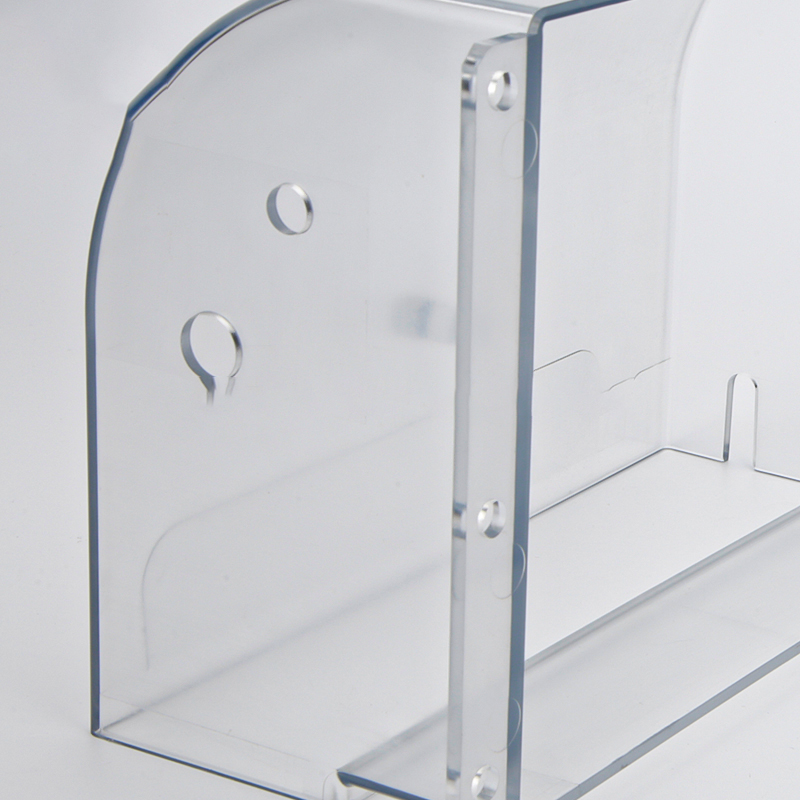
To begin the injection molding process, the ABS plastic resin is fed into a hopper and then melted in a heated barrel. Once the plastic is molten, it is injected into the mold cavity under high pressure. The mold is typically made of steel and consists of two halves, the core, and the cavity. The molten plastic fills the cavity, taking the shape of the desired part.
After the plastic has cooled and solidified, the mold is opened, and the finished part is ejected. The cycle time, or the time it takes to complete one injection molding cycle, can vary depending on the complexity and size of the part. However, injection molding is known for its high production rates, making it an efficient choice for small ABS plastic parts.
One of the advantages of injection molding for small ABS plastic parts is the ability to achieve high precision and consistency. The mold design and manufacturing process play a crucial role in ensuring that the finished parts meet the desired specifications. With injection molding, it is possible to produce parts with tight tolerances and intricate details, making it suitable for applications that require precise dimensions.
Another advantage of injection molding is the ability to incorporate various features into the design of the part. This includes adding threads, undercuts, and complex geometries that would be difficult or impossible to achieve with other manufacturing processes. Injection molding allows for the production of parts with multiple features in a single operation, reducing the need for secondary operations and assembly.
Furthermore, injection molding offers cost savings for the production of small ABS plastic parts. The initial investment in tooling, or the mold, can be significant. However, once the mold is made, it can be used to produce a large number of parts at a relatively low cost per unit. The high production rates and minimal material waste contribute to the cost-effectiveness of injection molding.
| our services | size |
| one-stop services | customization |
In conclusion, injection molding is a highly efficient and cost-effective manufacturing process for small ABS plastic parts. Its ability to achieve high precision and consistency, incorporate various features, and offer cost savings make it an ideal choice for a wide range of applications. Whether it is automotive parts, electronic enclosures, or consumer products, injection molding is a reliable method for producing small ABS plastic parts.

